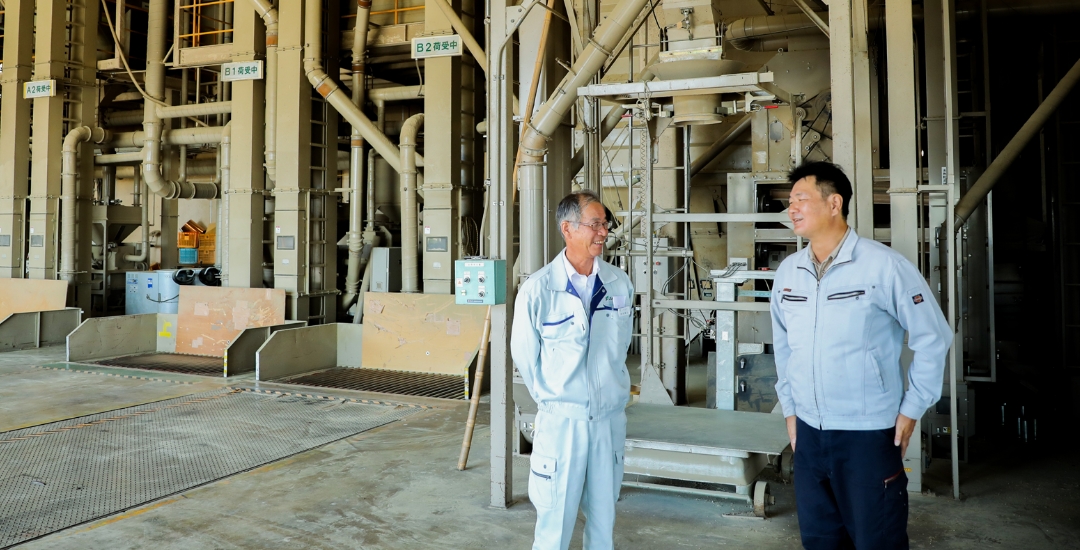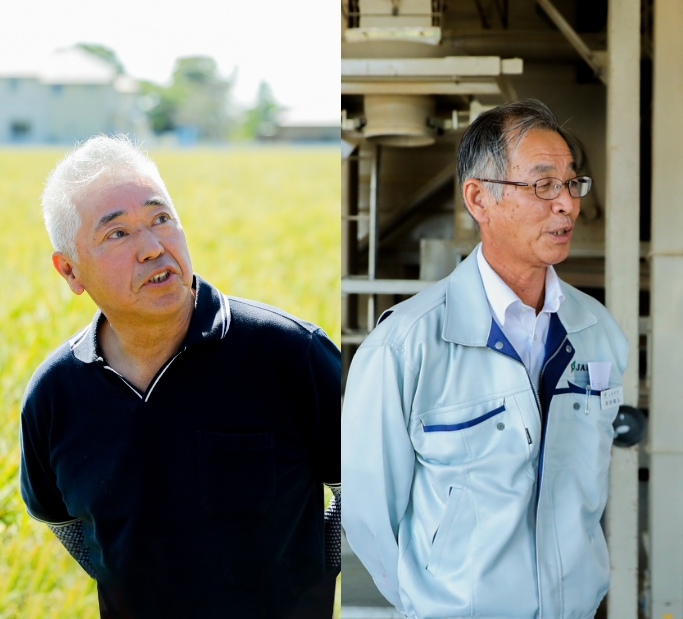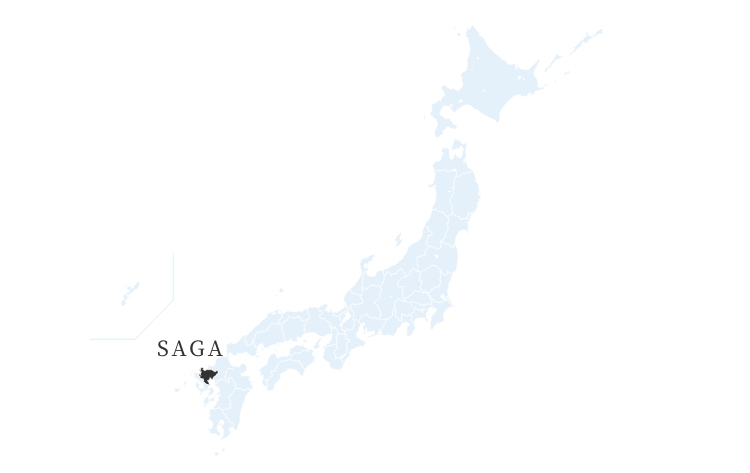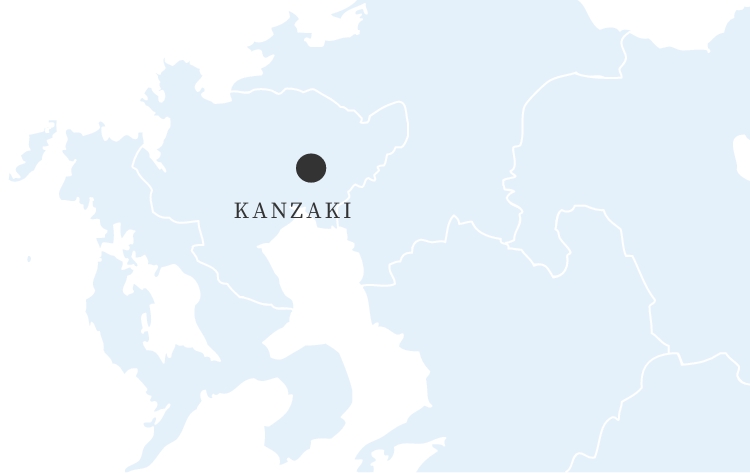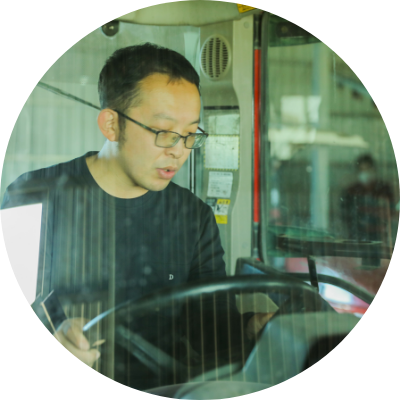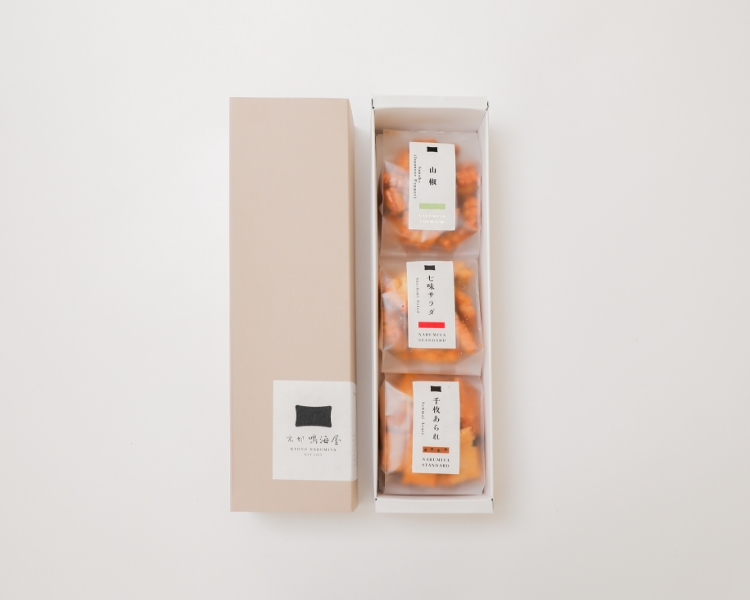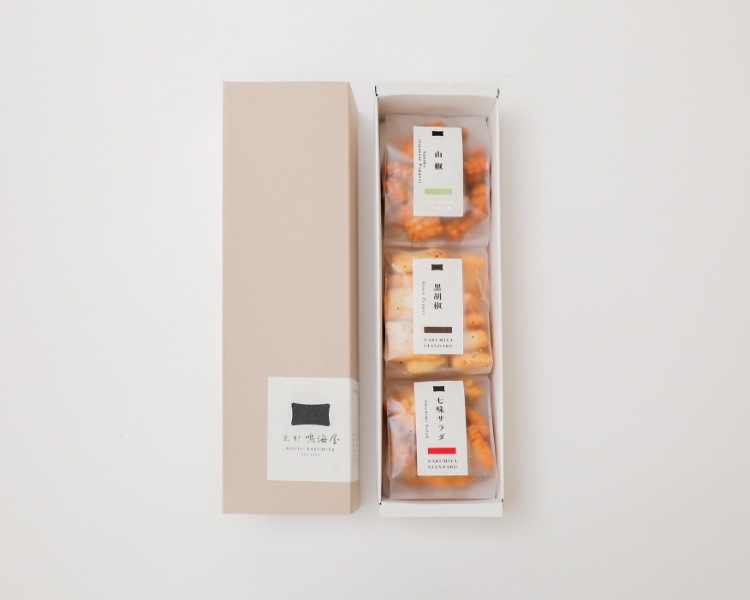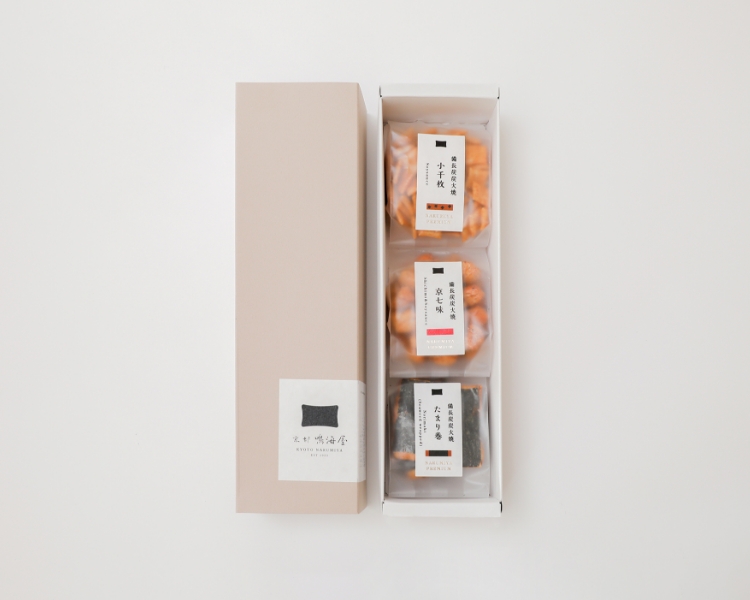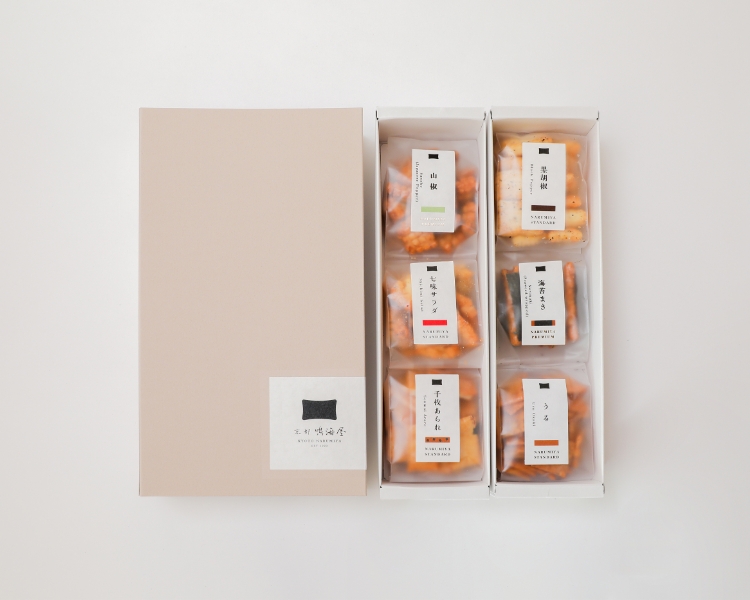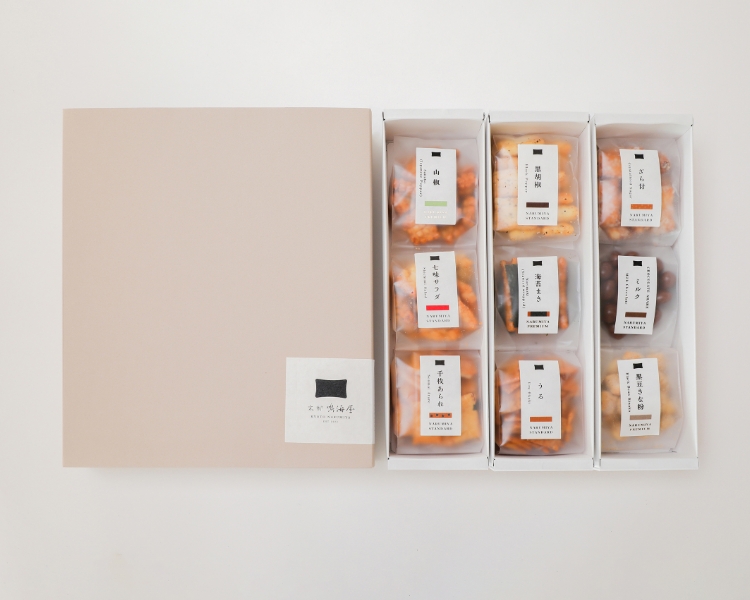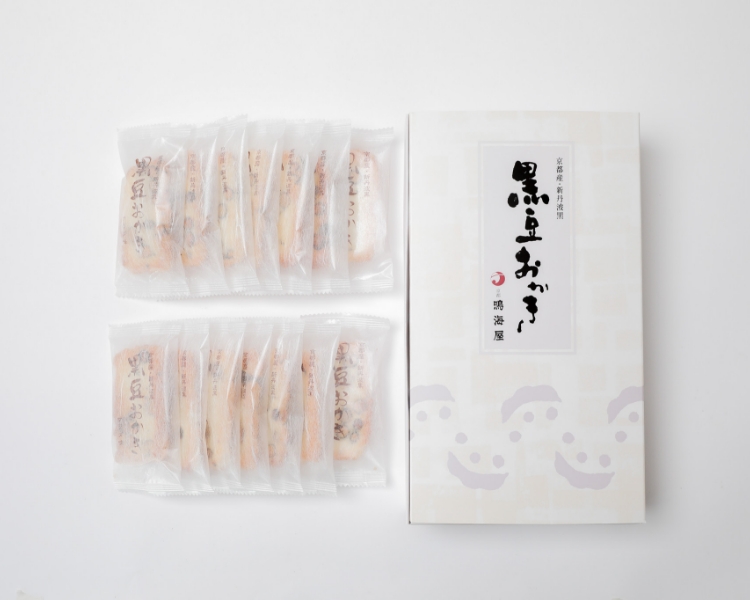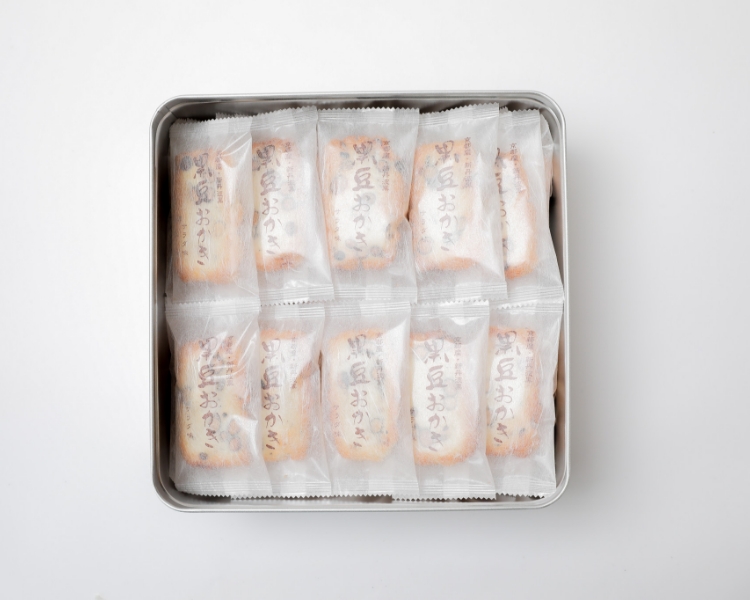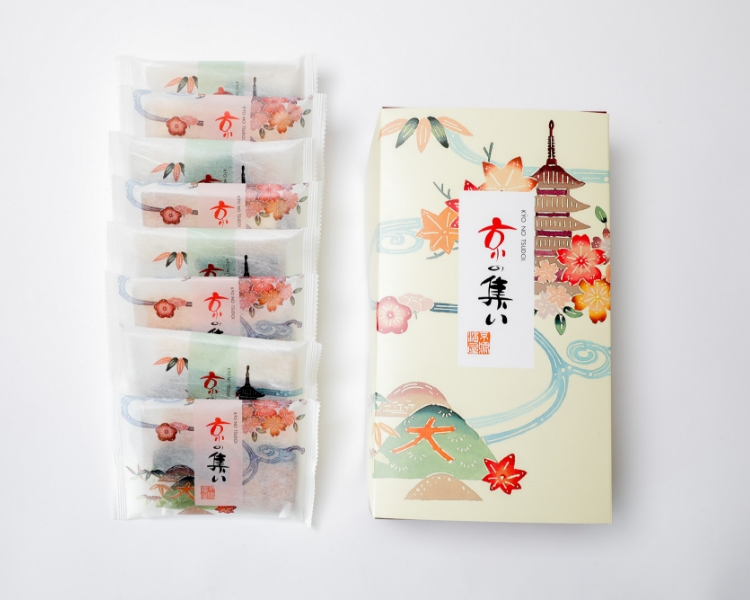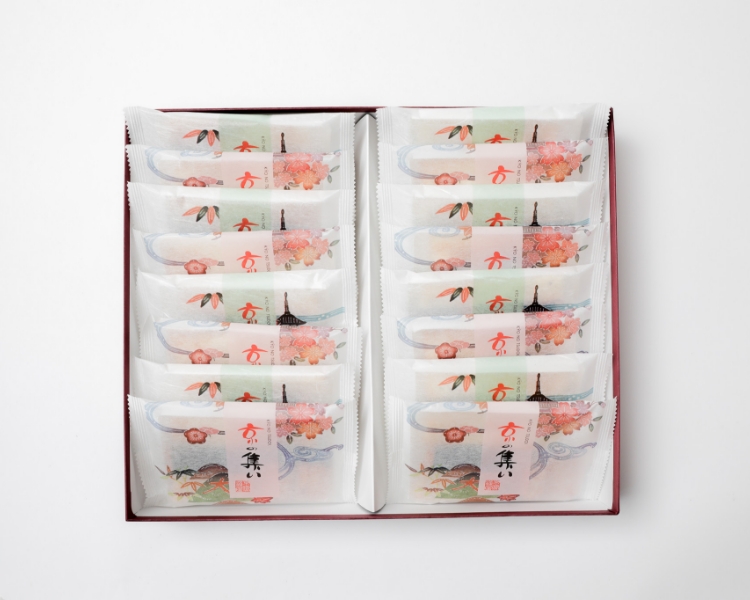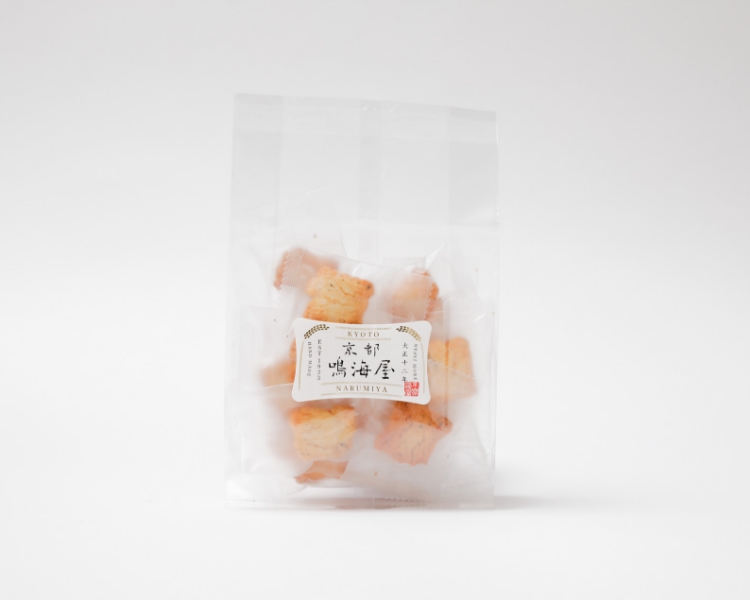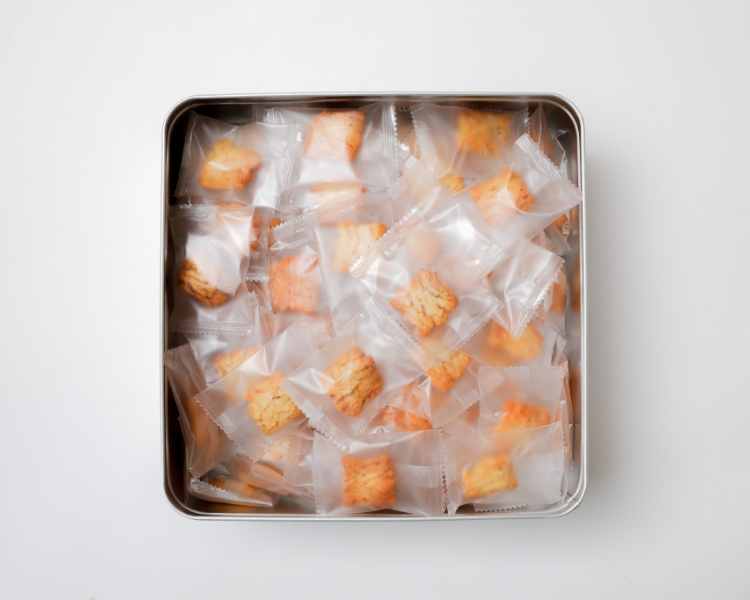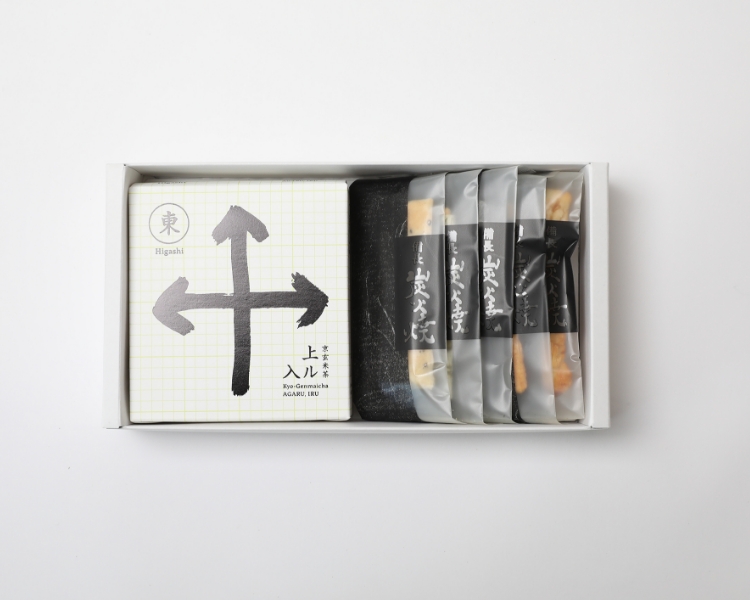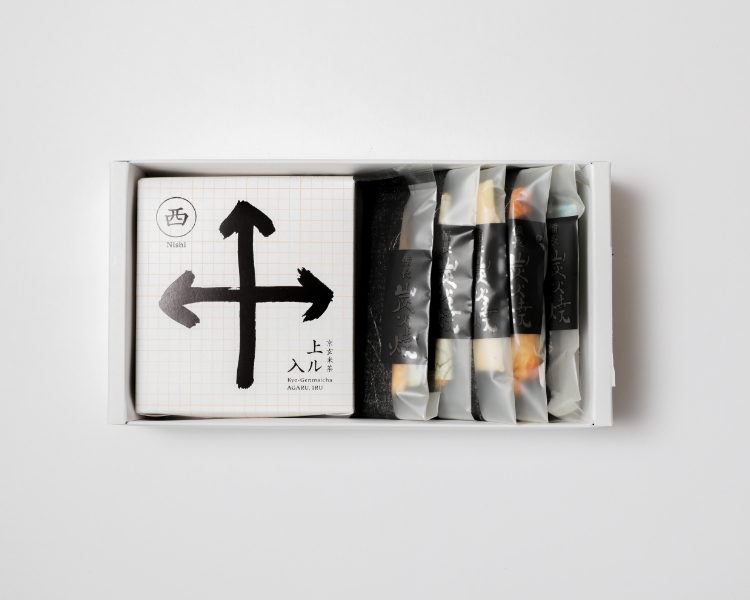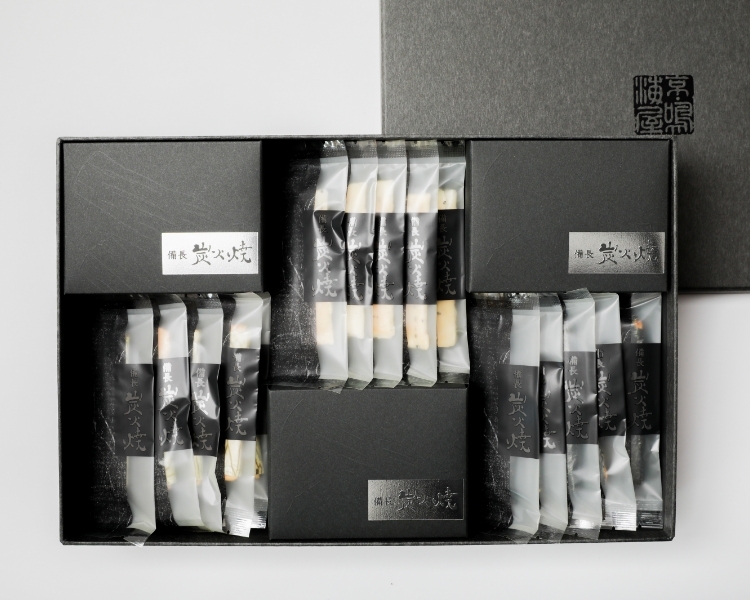The ever-popular Kanzaki Hiyoku-mochi, growing in perfect harmony with the Kyushu climate
Chiyoda-machi in Kanzaki is about a 30 minute drive from Kurume, Fukuoka Prefecture. We visited one of the Hiyoku-mochi rice farmers, Mr. Keisuke Imaizumi, together with members of JA Saga (Japan Agricultural Cooperatives, Saga Prefecture). Our visit in mid-October was a week or two before the harvest was due. The rice crops were bursting with ripeness, shining golden and waving in the breeze.
Mr. Imaizumi’s parents’ generation was central to growing the reputation of Hiyoku-mochi rice after it was first created in 1971, so much so that it is now synonymous with Kanzaki. Here, it accounts for 70 to 80% of the harvest, while in many other parts of Saga Prefecture it is more usual to see a halfway split between Uruchi rice and sticky rice.
「Compared to other types of sticky rice, Hiyoku-mochi is short-stalked and does not fall over easily, so it is easy to grow. Saga has many typhoons, and this year we have already had two but the rice has not fallen over. It’s also good in that it has a lot of grains and can be expected to produce a high yield. However, we have to be careful about disease, and every year we worry when heavy rainfall from the continent is accompanied by the arrival of the planthopper insect.」
When it is made into rice cakes, Hiyoku-mochi reflects the western Japanese preference for a slightly yellowish color and soft, chewy texture. In the world of rice, it is said to be rare for the same variety to be produced for 50 years without being superseded; no other sticky rice variety has yet emerged that is better than Hiyoku-mochi. Thanks to this, Saga Prefecture is now the third largest sticky rice producing prefecture in Japan after Hokkaido and Niigata.
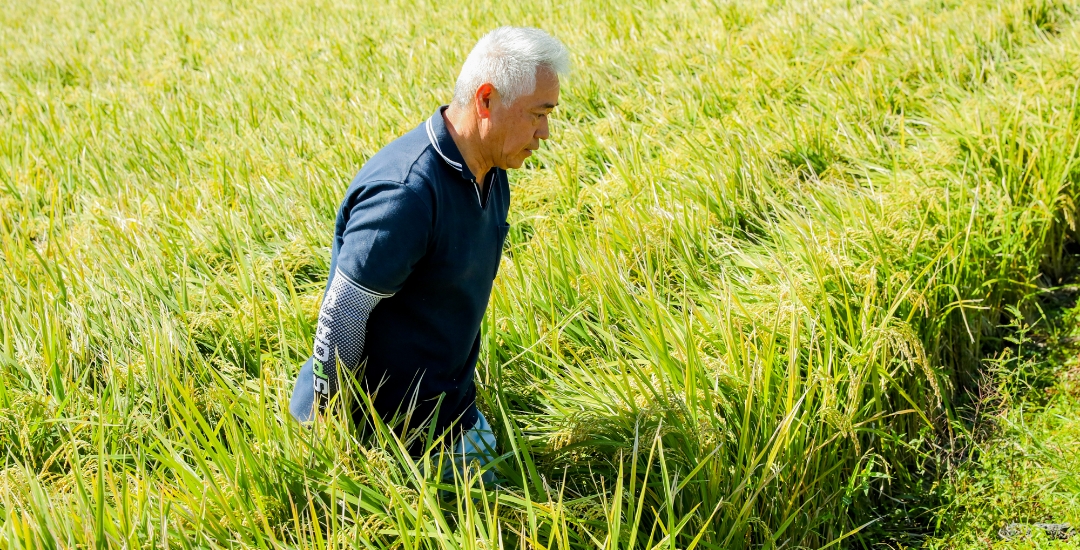
The realities of succession shortage faced in the farming region
Saga, blessed with a mild climate, has a long tradition of growing rice and wheat in a double-cropping system. In the fields of Mr. Imaizumi, Hiyoku-mochi rice is grown in the Spring and Summer and after harvesting, wheat is grown in the Autumn and Winter.
「Growing wheat improves the soil, and the straw left over after the wheat is cut is mixed directly into the rice paddies as fertilizer, so use of chemical fertilizers can be reduced. In the past, people couldn’t make a living on rice alone, so they used to grow wheat to earn a little extra money, but now most wheat is imported. Prices have fallen and there is not much left after expenses. Even so, if we leave the fields fallow just because wheat doesn’t make much money, the fields will become less fertile…」
Mr. Imaizumi speaks with a melancholy expression on his face. It is true that the price of agricultural produce has not risen in relation to the cost of living over the past few years, and not just for wheat. Due to the imbalance between supply and demand, the price of Hiyoku-mochi has been falling for the past 30 years. If the situation continues as it is, the farming area, which is already facing a shortage of successors, will decline even further. This puts the very lifeblood of Narumi-ya at risk. At Narumi-ya we offer long-term support to our producers with sustainable prices, while looking for ways to expand the sales of our arare.
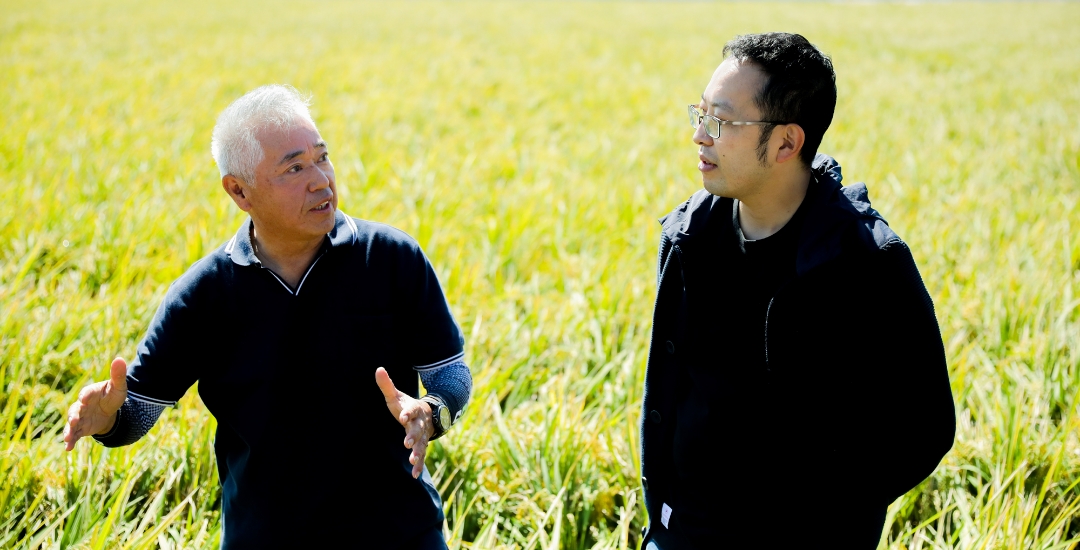
Villages pull together to keep the tradition of Hiyoku-mochi alive
To help with these difficult economic conditions, over the last 20 years each village has seen the development of a ‘Farmers’ Association’. Farmers’ Associations are a system whereby full-time and part-time farmers get together and share the use of tractors, rice driers, and other machinery and facilities necessary for farm work, reducing the financial burden on each farmer. Large-scale agricultural corporations may not need this system, but for dual-income farmers and small-scale individual farmers, this system is indispensable.
We visited one of these facilities, the Chiyoda Country Elevator. Grain elevators are large warehouses that can dry, store at low temperatures, prepare and ship grains such as rice, wheat, and soybeans harvested in the region. These are also a major key for the quality control of Hiyoku-mochi rice.
「Under the direction of JA Group, the rice brought in here is sieved to sort the grains and then put through the dryer. They also take samples of all the rice so that we know which farmer brought in which rice before it goes into the dryer.」
Mr. Takahiro Miyaji has come from JA Group to provide operational guidance. He was a classmate of Mr. Imaizumi, and is the son of the generation of farmers who first cultivated Hiyoku-mochi rice in Kanzaki.
「It was our fathers’ generation that created this place. Our fathers’ generation were born in the first years of the Showa era [mid-1920s to mid-1930s]. The people who remember what it was like back then are disappearing gradually. But for 40 or 50 years, people have been saying, ‘Hiyoku-mochi is associated with Kanzaki’, so we have to live up to their expectations and pass on the traditions of our production area without losing sight of them. There are many problems, but we keep thinking about how we can best continue the tradition.」
In Mr. Imaizumi’s straightforward gaze, I felt the pride and love for Hiyoku-mochi rice as a farmer of Kanzaki.
〈To be continued…〉
